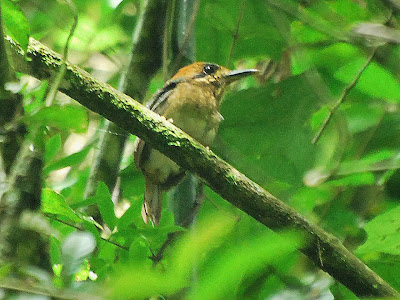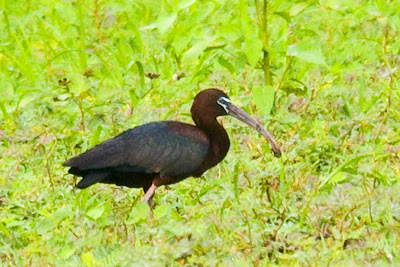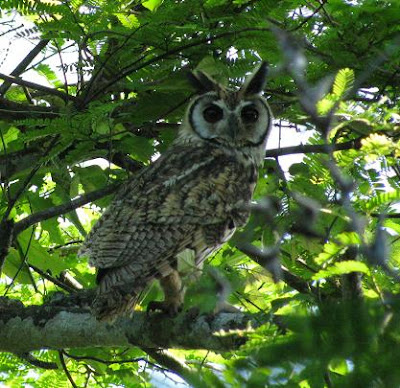Birding El Valle, a report by Jan Axel Cubilla

El pasado sábado 25 de julio fui con Osvaldo Quintero y Rafael Luck al Valle de Antón. Antes de llegar, en un camino que sale cerca de Los Llanitos (en la vía al Valle) observamos por lo menos SEIS diferentes Tody Motmots (dos tríos en distintos lugares del camino) que respondieron brevemente a las grabaciones. También escuchamos un Sepia-capped Flycatcher en el mismo sitio. Ya en El Valle, camino a La Mesa, nos detuvimos junto a unas heliconias que simplemente lucían iguales a todas las otras cuando de repente apareció un White-tipped Sicklebill, se posó sobre la flor unos segundos, para rápidamente desaparecer tal y como llegó. No regresó a pesar que nos quedamos esperándolo varios minutos. Escribí una pequeña crónica en mi blog por si quieren más detalles.







.jpg)